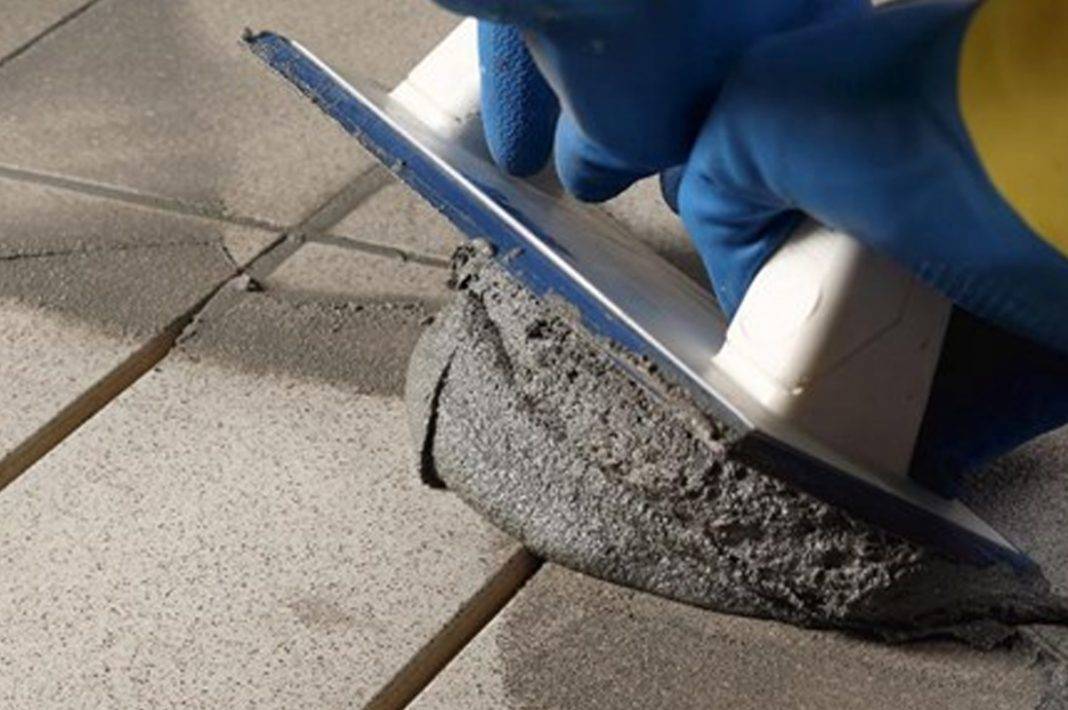You’ve just finished redecorating your living room, and as you step back to admire your handiwork, you notice a few unsightly holes left behind by previous wall fixtures. Now, you’re faced with the task of finding the best putty to seamlessly fill these holes and restore your walls to their former glory. But with so many options available, how do you know which putty will provide the best results while being easy to work with?
Let’s explore the world of wall putties and uncover the key factors to consider when making your choice.
Types of Putty for Wall Holes
- When fixing wall holes, choose the right type of putty for a smooth and durable repair. For small holes in drywall, drywall spackling is an excellent choice. It’s easy to apply and sands down smoothly for a seamless finish. Wood filler is ideal for repairing holes in wooden surfaces. It’s sturdy and can be sanded and painted over once dried.
- For more significant damage like plaster repair, consider using a plaster repair putty. This type of putty is formulated to adhere well to plaster surfaces, providing a strong and lasting repair. Epoxy putty is another versatile option that works well for various materials, including wood, metal, and plastic. It sets hard and can be sanded and painted like other putties.
Factors to Consider When Choosing
- Consider the specific material of the surface you’re repairing to ensure the putty you choose is compatible and provides a strong bond. For example, some putties work better on drywall, while others are more suitable for plaster or wood. Additionally, take into account the drying time of the putty. If you need a quick fix, opt for a fast-drying formula to expedite the repair process. On the other hand, if you prefer more time to work with the putty before it sets, choose a slower drying option.
- Color options are another essential factor to consider when selecting putty for filling holes in walls. While white is a common choice that blends well with most surfaces, some putties come in a range of colors to match specific paint shades. This can be particularly useful when repairing walls with bold or unique color schemes. By matching the putty color to the wall, you can achieve a seamless finish that camouflages the repair effectively.

Top-Rated Putties for Wall Repairs
- Selecting the best putty for wall repairs hinges on understanding the compatibility with different surface materials and drying times. When looking for top-rated putties, consider quick-drying options for efficient repairs. Quick-drying putties are ideal for those who want to complete their wall fixes promptly.
- They offer the advantage of being ready for sanding and painting in a short amount of time, allowing you to finish your project faster. Additionally, when considering cost-effective options, look for putties that provide quality results without breaking the bank.
- For a seamless finish, opt for non-shrinking putties that maintain their volume once applied. Non-shrinking putties ensure that the repaired area stays filled without any depressions forming over time. Furthermore, color matching solutions are essential for blending the putty seamlessly with your wall’s existing color.
- This helps disguise the repair and gives your wall a flawless appearance. By choosing putties that are quick-drying, cost-effective, non-shrinking, and offer color-matching solutions, you can achieve professional-quality wall repairs with ease.
Application Tips for Best Results
- To achieve optimal results when applying putty for filling holes in walls, ensure that the surface is clean and free of debris. Proper surface preparation is key to a successful repair. Before applying the putty, use a damp cloth to clean the area thoroughly and remove any dust or loose particles. Once the surface is clean, use a smoothing technique to apply the putty evenly into the hole or crack.
- After applying the putty, allow sufficient drying time as per the product instructions. Rushing this step may result in an uneven finish or a weaker bond. Once the putty is completely dry, use a fine-grit sandpaper to gently sand the repaired area. This sanding process helps to smooth out any rough edges and blend the repair seamlessly into the surrounding wall.
Maintenance and Longevity of Putty
- For maintaining the longevity of the putty used to fill holes in walls, regularly inspect the repaired areas for any signs of cracking or deterioration. This practice allows you to catch any issues early on and address them promptly, ensuring the long-term durability of the repair.
- If you notice any small cracks starting to form, it’s essential to address them quickly by applying a fresh coat of putty over the affected area. Proper application techniques during the initial filling process also play a crucial role in the longevity of the putty. Ensure that the putty is applied evenly and smoothly, following the manufacturer’s instructions for the best results.
- Additionally, avoid overfilling the holes, as excess putty can lead to cracking over time. By staying vigilant with inspections and employing proper application methods, you can extend the lifespan of the putty and maintain a seamless finish on your walls.
Conclusion
After considering various factors such as drying time, ease of sanding, and durability, the best putty for filling holes in walls is the 3M Patch Plus Primer. Its high-quality formula ensures a smooth finish and long-lasting results. Remember to follow the application tips for best results and maintain the putty properly to ensure it lasts for years to come. Choose the right putty for your wall repair needs and enjoy a seamless finish in no time.